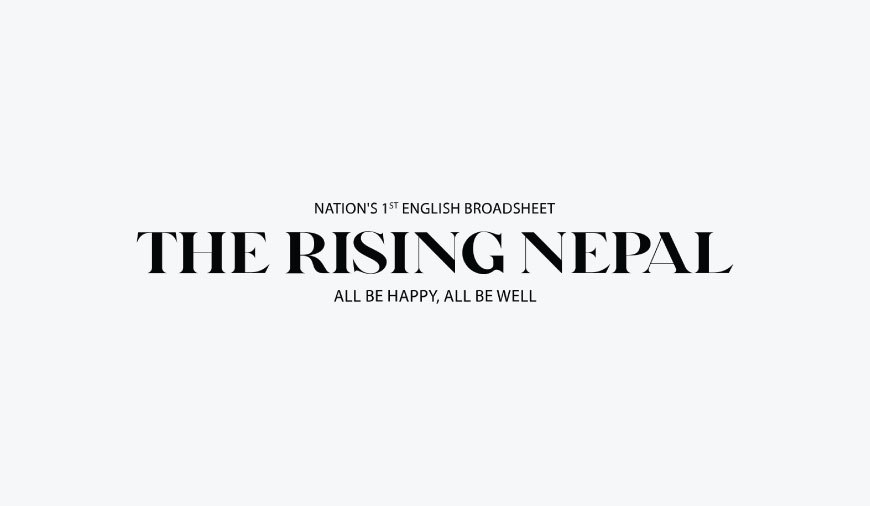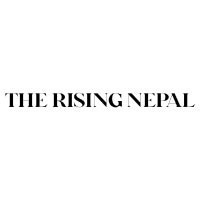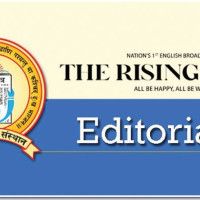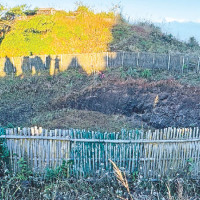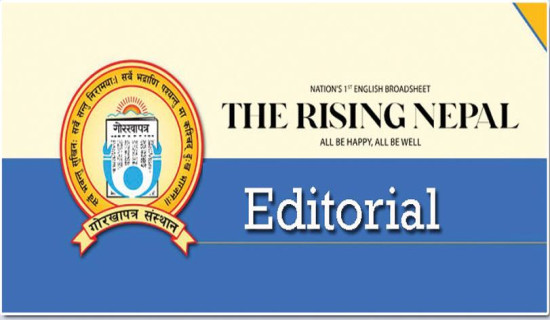- Sunday, 23 November 2025
From streets to ballots: Nepal’s Gen-Z redefine democracy
By Pallav Bhusal,Kathmandu, Nov. 23: For decades, Nepal’s politics has been shaped by the same faces, the same rivalries and the same forms of power. It has also been characterised by the foul games and tendencies, mostly by the aged party leaderships, to search for constitutional and legal loopholes to gain and retain power. However, the Gen-Z movement of early September came as a big blow to the traditional parties and their leaders. They have now been pushed from Singha Durbar to the streets.
Now, as the country heads toward the general elections on March 5, 2026, a quiet realisation is spreading across party headquarters and local communities alike, the age of passive youth is over. The streets, campuses, and social media platforms are buzzing with a new political awakening, led largely by Generation Z. Their entry into politics has become not simply an aspiration but a force that is beginning to unsettle the older structures of authority.
Civil society member and political analyst Geja Sharma Wagle argued that young people must not only demand change but understand the foundations of the system they seek to reform. Talking to The Rising Nepal, he stressed that youth engagement must be rooted in democratic values rather than short-term frustration.
“Young people should know what democratic institutions stand for, and what the current constitution has given to Nepal. There is no alternative to democracy, and this constitution. If we want reforms, whether it is the governing structure or the electoral system, it must happen from within the constitutional framework,” he said.
Wagle insisted that elections are the entry point for young people to shape the country’s future. He argueds that the next House of Representatives must be built with meaningful youth presence so that constitutional amendments, stronger governance mechanisms and tougher anti-corruption laws could be possible from within.
“The only way forward is for young people to stand for election and speak for themselves. The parties, new and old, must open doors for youth participation. Without that, political reform remains just a slogan,” he added.
According to Wagle, democracy cannot survive if a majority population is locked out of decision-making.
Constituent Assembly member and political analyst Khim Lal Devkota goes one step further by arguing that Nepal’s obstacle is not only institutional but psychological.
“The first problem is that nobody believes in facts, everybody believes in perceptions,” said Devkota. “We keep talking about youth participation without actually checking the population statistics. If we do, it becomes clear that young people hold the power to change the country politically and socially,” he added.
Yet Devkota cautioned against impatient activism. He observed that youth want instant solutions, often forgetting that democratic and social transformations have always been slow and procedural.
“Politics is not a quick fix. Youth must realise that change takes time, process and persistence,” he said.
He also said that young voters need to be vigilant about electoral malpractice, intimidation, financial influence and manipulative campaigning.
“Elections are not only about choosing a government. They influence society, the economy and everyday life. If the youth want good governance, and the end of corruption, this is where their fight begins,” added Devkota.
He supports the idea of mandatory youth representation within political parties, through quota or proportional representation based on population ratio, but stresses that change must first come from the youth themselves.
For Gen Z activist Rakshya Bam, the country is not witnessing a gradual political awakening. It is witnessing a revolution that has already begun. She represents a new generation that is no longer waiting to be invited into politics.
“The recent revolution came from our frustration with corruption and bad governance. We were tired of watching leaders mismanage the country and blame each other. So we stood up, and it worked,” she said.
She pointed to the surge in youth voter registration following the election announcement as proof that political engagement is finally shifting.
“Everything that is happening now, politically and socially, is the contribution of the youth, especially Gen Z. We have brought about awareness, and we are not going back,” said Bam.
She also highlighted that the fight now moves from street mobilisation to institutional participation. For her, constitutional literacy is the next battlefield.
“We need to know our constitution and our rights. That is how we fight wrong practices, that is how we build a corruption-free Nepal, not just for us but for every citizen,” added Bam.
She said that the teaching of democracy and voting rights should start in schools, along with social structures that encourage youth leadership rather than suppress it.
“The society must move forward with us. This election will show how much youth participation has already grown,” she said.
With elections on the horizon, constitutional expert Bipin Adhikari places responsibility squarely on the Election Commission and the government to ensure youth are not just voting but voting with clarity and understanding.
“The Election Commission plays a vital role in educating young people about the constitution and democracy we have achieved. They must prioritise youth voter education now, not after the election,” he said.
He argues that political awareness is not something that emerges naturally, it must be institutionalised.
“Youth must be taught about their voting rights, democratic processes and electoral rules. This responsibility belongs to the government and every representative in the country,” he added.
Adhikari also called on political parties to integrate youth not symbolically but substantively.
“Parties should give the youth real space, within their organisational structures and during electoral processes. Only then can we talk about genuine youth participation,” he said.
What becomes clear after speaking to all four voices is that youth participation cannot remain a political slogan repeated during election season. Nepal sits at a delicate moment, and the 2026 election could either open the door to a genuine generational shift or silently reinforce the old political cycle. Whether the moment turns into history depends on three interconnected factors working together, that is, political parties need to stop treating young members as cheerleaders and instead bring them into core decision-making spaces, young people must continue their political momentum not only on social media or the streets but inside institutions and electoral structures, and the state must ensure that youth enter the polls as informed voters rather than emotional protestors. If all of these align, Nepal might finally witness a transfer of democratic ownership to the generation that will live with the consequences of today’s decisions for the longest time.
If they do not align, the country risks watching the frustration, hope and energy of Gen Z dissolve like so many political moments before it. The coming election will tell whether Nepal has recognised the value of its young citizens, or whether it has once again underestimated them.

